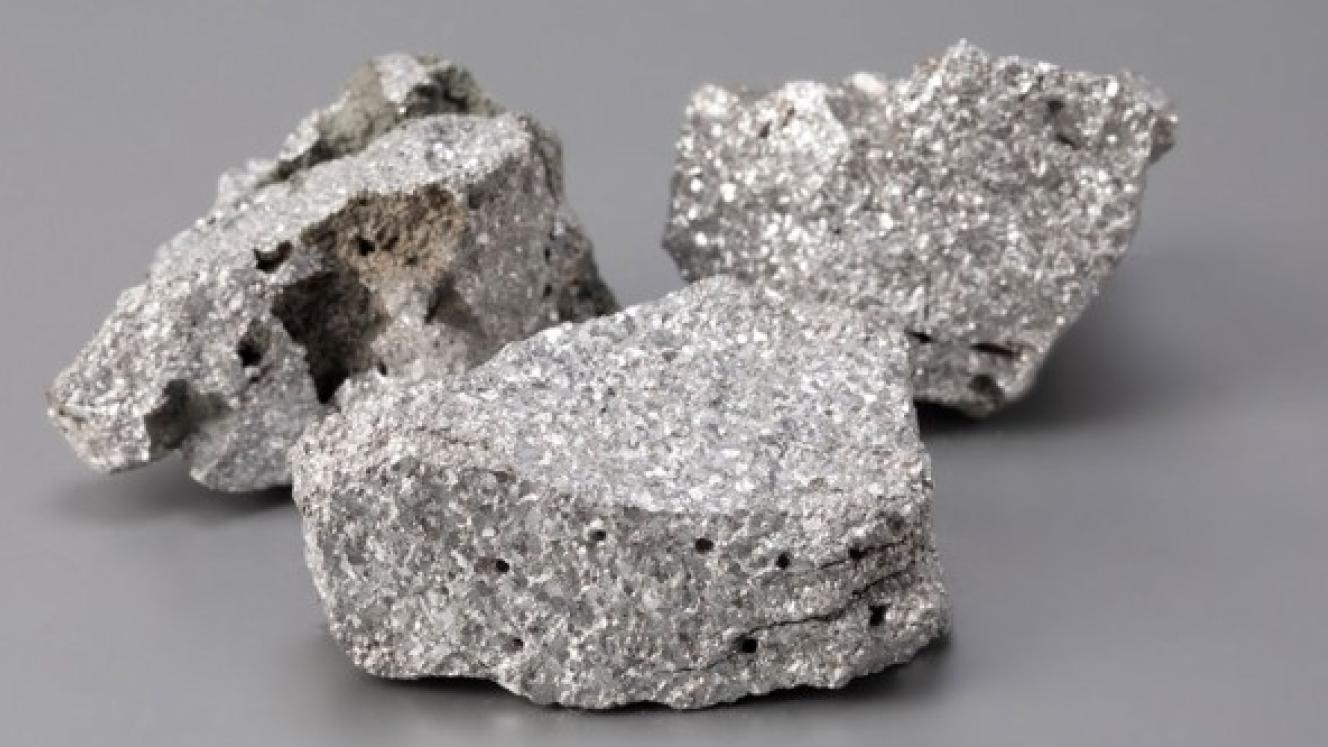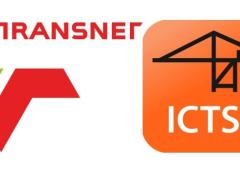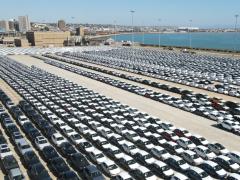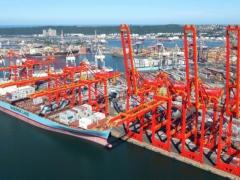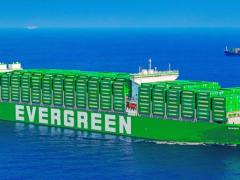Government has moved to resuscitate South Africa’s struggling ferrochrome industry by approving a multipronged industrial intervention to reverse years of decline in the sector.
Cabinet this week approved a set of urgent measures designed to shore up the domestic ferrochrome industry, including export controls on chrome ore, the finalisation of a government-industry electricity tariff realignment agreement, and expanded incentives for smelters operating in Special Economic Zones (SEZs).
The move is hoped to boost the sector, which has shed smelting capacity and jobs in recent years after being affected by rising input costs and global competition.
“Cabinet was updated about the socio-economic impact of the continued decline of the ferrochrome industry and the urgent need for government-industry intervention to stem the decline,” the Ministry in the Presidency said in a statement on Thursday.
“Cabinet gave its approval for the Department of Electricity and Energy to finalise a government-industry agreement for tariff realignment in support of the ferrochrome sector, as well as the restoration of South Africa’s industrialisation and beneficiation capacity in this sector,” it said.
It further confirmed that chrome ore exports would be placed under formal export control.
“Cabinet approved the placement of chrome ore under export control, which will require exports to obtain the International Trade Administration Commission (Itac) permitting,” according to the statement.
In addition, cabinet also approved an initiative to expand the Special Economic Zone (SEZ) smelters incentives framework/regulations.
These interventions follow ongoing pressure on the ferrochrome industry, which has seen more than half of the country’s 59 chrome furnaces shut down in recent years.
Mineral and Petroleum Resources Minister Gwede Mantashe earlier confirmed that a dedicated ministerial task team had been formed to arrest the sector’s decline. The team includes the departments of trade, industry and competition, electricity and energy, transport, and National Treasury.
The task team’s scope includes export restrictions on non-beneficiated chrome, revising electricity pricing models, improving logistics infrastructure, and creating incentives for domestic beneficiation.
Specific details of the electricity tariff incentive have not been disclosed; however, similar arrangements, known as negotiated pricing agreements (NPAs), are already in place between Eskom and high-energy industrial users, such as South32’s Hillside aluminium smelter in KwaZulu-Natal. These deals allow for discounted tariffs in exchange for flexibility in power supply during times of grid strain.
Eskom has applied for 10 new NPAs as part of its latest tariff submission to the National Energy Regulator of South Africa (Nersa), representing sales of over 22 000 GWh annually between 2025 and 2028.
Industry estimates suggest these incentives could result in as much as R20 billion in foregone revenue annually, costs ultimately passed on to other electricity customers under the current tariff structure.
